In winter, my favorite mode of travel is backcountry skiing.
Backcountry skiing is a broad umbrella. It may mean anything from classic kick-and-glides across flat woods, , traveling through rolling terrain or pushing through steep climbs up mountains and then quick skis down the same mountain.
Skiing is an elegant and almost magical way to cross the winter country side.
As I’ve said before: “With snowshoes I am plodding. With skis, I am flying“.
Depending on the type of skiing I plan on doing, one type of kit may work better than another.
All skiing is a matter of compromise. A wide and nicely shaped ski will turn and float better but will be terrible for making distance over flat or rolling terrain. A long, skinny and straight ski will glide beautifully, cover ground quickly and will turn terribly on even moderate downhills.

from the Catamount Trail Assoc.
In an ideal world, I’d have unlimited funds, time and space get to use every ski, boot and binding combo I can imagine.
But since I do not have unlimited funds, unlimited space and have much less time than I’d like, I have to use what works best for most of my skiing.
Before I go too far down the rabbit hole, I should say I’ll be using some terminology that may be new to some.
I suggest reading the following articles first if ski terminology is new to you. No need for me to rehash the terminology in this article:
- Wax vs waxless skis – Not only do I go over wax vs waxless skis, but I go over different boots, bindings , types of skiing and some technical jargon such as “sidecut” and “camber”
- Backcountry Nordic Skiing: Experience the Wonder of Winter – An article I wrote for TrailGroove magazine that looks at my favorite type of skiing. As a favorite, now defunct, web site of mine stated: “Nordic backcountry touring falls in that odd middle ground between cross-country skiing and Telemark skiing.” If you love hiking and backpacking, you tend to love this type of skiing. I know I do.
- Winter Trekking’s take on backcountry skis – A nice, more detailed overview of some of the more technical terminology of backcountry ski gear.
People refer to their ski gear as a “quiver”. As mentioned, no ski gear combo is perfect. It is all a matter of compromise.
Ideally, I could have four, maybe five, sets of skis, bindings, and the appropriate boots to go with them.
The first two sets I do not have, but could theoretically use:
- Waxless touring skis. Slightly wide with a moderate sidecut (for touring skis) and steel edges. 3-pin 75mm bindings. Light touring boots.
For spring ski tours and varied ski conditions, waxless skis are better than waxable skis. I do not like using red wax or (yech!) klister. I could use kicker skins, but the glide is lessened overall. So, waxless skis would be nice to add to my kit.
I would not mind something with a bit of a sidecut and shape and perhaps a little, but not too, wide so it is a little more all-purpose. Two sets of waxless skis would be overkill! 🙂
A good example of this type of ski would be the Fischer Traverse 78 Crown

I really can’t justify this type of ski, for me, though. If I lived where there were more variable snow conditions (such as the Sierra) or did more spring ski touring, something like this would work well. By spring, I am starting to think backpacking or I ski some bigger mountains with my Telemark set up (see below). I enjoy the more stable snowpack that would typically be avalanche terrain in winter.
- Rock skis
More dedicated skiers than I have a pair of rock skis for the beginning and the tail end of the seasons. Any old or very used pair will do. As the name implies, these are old beater skis for sketchy conditions. Thrash your skis..it doesn’t matter. For me, I do not enjoy this form of skiing masochism. It is usually during mud season in the foothills or very early when the mountains are JUST starting to get snow. I’ve been known to seek out alternative backpacking options rather than slog around in the foothills (during mud season) or play “dodge the rocks on skis” higher up in the mountains proper. Note that if these kinds of conditions are skied in, you may end up with rock skis. I NEVER learned that they hard way. Not-at-all. 😉
And now the ski kits I do have…
- All-purpose mountains skis. Decent side cut for turns on moderately steep terrain. Reasonably wide. Enough camber for gliding. Detachable 3-pin 75mm bindings. Light touring boots.
This type of setup can described as an old Toyota Tacoma four-wheel drive pickup (or, for your auto aficionados, perhaps the legendary Hilux. Damn..I wish this truck was sold in the US!) . Capable, rugged, not the BEST at any one thing but very good in a variety of conditions and situations.
To again quote the late-great Dave’s Backcountry Nordic ski page “these skis are ideally suited for experienced backcountry travelers who are interested in pushing deep into the winter woods with a reasonably equipped day pack or overnight pack. In my opinion, these skis are camping skis first and foremost so I think they’re best matched with skiers who have a camping or long distance hiking mindset.”
I do not always get to do this type of skiing ( as opposed to day skis on well-traveled terrain), but it is my favorite type of skiing overall.
With these types of skis, I can use popular Nordic systems, climb up to and ski down from such places as Heart Lake (where most people will need burlier skis and skins or not feel comfortable skiing because of having skis that are too skinny) , be comfortable going up to many huts, etc. The ski does not glide as well as others, but does glide well enough. For steep huts approaches and heavier packs (all the food and wine adds up!), I do have full length climbing skins that fits the width of these skis. These skins are probably fifteen years old at this point, but still work well.
I’ve had a few iterations of this basic ski system (including the boot type and cable bindings. I’ve had the same skin set for a while now) over the years be it used or my current Asnes Combat skis.
When hauling a winter back, especially on downhills, the turning power and stability is very nice.
The bindings I use are the classic Voile 3 pin bindings with a detachable cable.
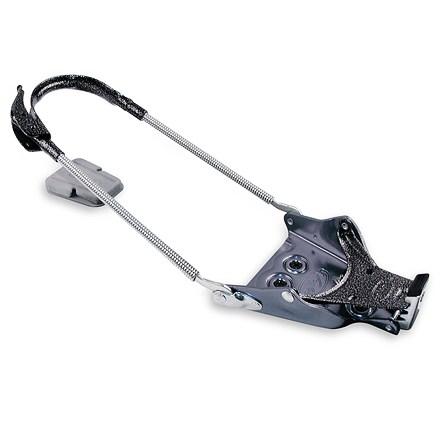
The cable comes off for moderate terrain and the flats so I can glide easier. The cable is attached for steeper terrain.
For footwear, I use Crispi Mountain boots. Fairly light for Nordic touring boots, and with a Vibram sole, I can hike in them if need be. They do not have the turning power of other boots, but I feel the wider skis, cable bindings and my Nordic skiing experience makes up for that aspect. The lighter boots also allow a better glide versus heavier, if stiffer boots.
The Crispi Mountain boots are not insulated, so I sometimes have to use a VBL sock setup on particularly colder days. These boots are similar to the classic Asolo Snowfield boots (which I bought used and made good use of for a few seasons)
- Big mountain skis and lift served, more technical skiing: Shorter and wider skies. Pronounced shape and sidecut. Very “burly” Telemark bindings. Large, stiff and heavy plastic boots.
Truthfully, I maybe only use these skis 3-4 times a season. Telemark skiing is free heel skiing; technically no different from the setup I said above. But, in the way the term is now commonly used, Telemark skiing (shortened to Tele : Tell -EEE ) typically means big and wide skis with free heel bindings and large plastic boots. And, of course, making use of the (in)famous Telemark turn.
I rarely do lift-served skiing so really don’t get to practice my Tele turns on steeper terrain in a consistent manner.
When I am on this type of skiing, I can kinda-sorta manage a basic Tele turn if the terrain is lower angle (for these type of skis) and wide. Because the gear is heavier and I am not used to the nuances of it versus my Nordic backcountry setup above, I sometimes actually do better in single track or tighter terrain with my traditional Nordic gear.
Still, because people are a switching to AT gear, Telemark gear can often be bought very inexpensively used. And that was the case of my gear. I purchased ~$900+ worth of bindings and skis for $275 used that were in good condition overall. The Telemark boots were classic Scarpa T2s bought used as well way-back-when. I since had to replace them, however, with the next iteration of these classic boots.
Why Telemarking vs AT? Because it is what I learned on, it is less expensive, I can wax up and do a kick and glide in a pinch, and I do not do enough of the “bigger mountain” or lift-served skiing where I wish to invest in much more expensive, and possibly more complicated, AT gear.
Enough of the general info..on to the specifics…
The skis are K2 Waybacks circa 2010. A versatile, all-around mountain ski that I fortuitously bought by pure luck. Good for deeper powder, hut trips, and lift-served skis areas. Naturally, glide is not going be as good versus a Nordic touring setup.


To go with these skis, I have Black Diamond Ascension climbing skins. Most people, myself included, do not wax their skis so as to get full speed on the downhill. So skins are needed for any gliding or uphill climbing. “The wall to wall carpeting” effect of skins is amazing on wide skis. No zig-zagging or herringbone technique needed for all but the steepest climbs. On flats and rolling terrain, the skins are slower than climbing wax during glides. Speed is made up for on the long and sustained descents.
The bindings are Targa Ascent. Essentially the Volile bindings above..but on steroids. A heavier binding, combined with heavier boots, helps with the turns. As the reviews say in the link, I found the touring mode does ice up and the heel lift comes down at times. For the price I paid, less than the full price of the bindings new, good enough. May feel differently if I had paid full price.
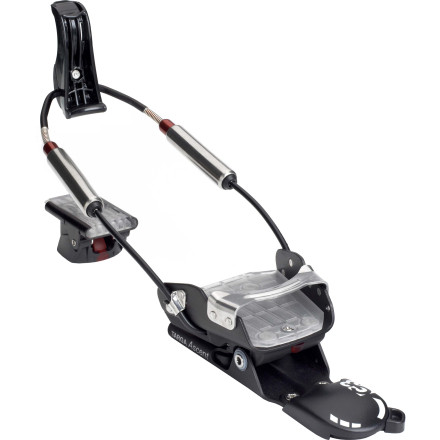
Speaking of boots, once my classic Scarpa T2 boots finally wore out, I was able to score a pro-deal on the new iteration through a friend with contacts. The full retail price is not something I could justify.
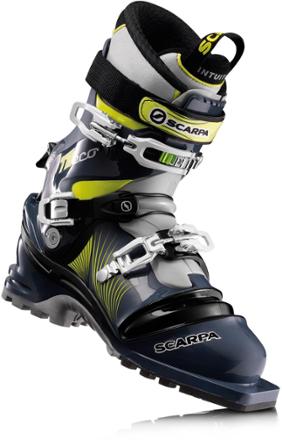
Burly, heavy and stiff and needed for the steeper turns. I call these my “Darth Vader” boots. Equally awkward to walk in.
The liner does come out which is handy for overnight trips.

 Need my sunglasses and/or coffee in the morning. Sporting the inserts. PCO Mark Thomas.
Need my sunglasses and/or coffee in the morning. Sporting the inserts. PCO Mark Thomas.The gear was more expensive for this type of skiing system versus Nordic gear, but I suspect I’ll have my Tele rig for a while yet.
I find Tele, and related, type of skiing is more technical: The equipment, the technique, and the terrain.
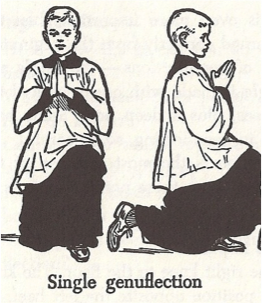
This type of skiing can be fun with friends and it does allow me to get into terrain I normally would not see on skis. The spring skiing in the higher mountains on this type of gear is especially enjoyable.
- Touring skis with a modest side cut, steel edges, slightly wide but mainly straight. Waxable. 75mm 3-pin bindings with no cable. Light touring boots.
These types of skis can glide well, cover distance quickly and can handle modestly steep hills. A few years ago, my heavier, all-purpose touring skis were very overkill for the type of skiing we encountered in Yellowstone. In Colorado, some groomed Nordic centers (or even national parks!) and some of the more moderate trails such as the Brainard Lake Recreation Area would make good use of these skis, too.
I recently (late February 2016) purchased some used skis that fit this profile at a local used sporting goods store. The skis were the right length, dimensions and had the correct bindings to use with my current touring boots. (As a tip, buy ANY winter gear towards the end of the season. Much less expensive.)
The Fischer Europa 99 skis are perfect for moderate terrain to flats, will work in machine groomed tracks and have a very generous camber so I can really get my kick and glide going. A nice pair of skis to round out my kit.
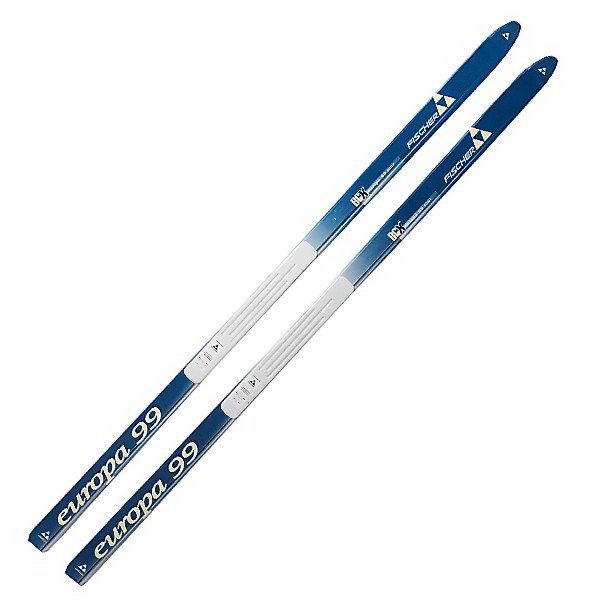
***
As of March 2016, that is my current kit.
Overall, I think I just prefer the simplicity of Nordic backcountry. I have fun with friends when Tele skiing, but when I am solo, I reach for my Nordic kit. I don’t think I’ll ever get good at Tele skiing as I like Nordic skiing too much. And I can’t bring myself to buy a season pass to practice turns at a resort when I have limited weekend time.
If Nordic backcountry is hiking on skis, this type of Tele skiing is technical mountain biking. Both are enjoyable and can be excellent outdoor activities. But are different in focus. As a hiker, my heart lies with the Nordic backcountry. No surprise. Simplicity, fewer people and getting further in are the focus of a good Nordic tour. Not that you can’t do all this with a heavier ski setups of course, but the heavier gear lends itself to yo-yos (up and down a mountain slope for descents and turns) on steeper mountain terrain for day outings vs more into the backcountry.
 My winter happy place…
My winter happy place…
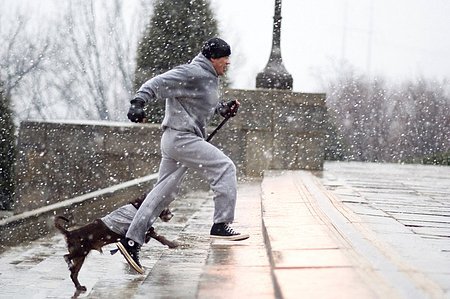
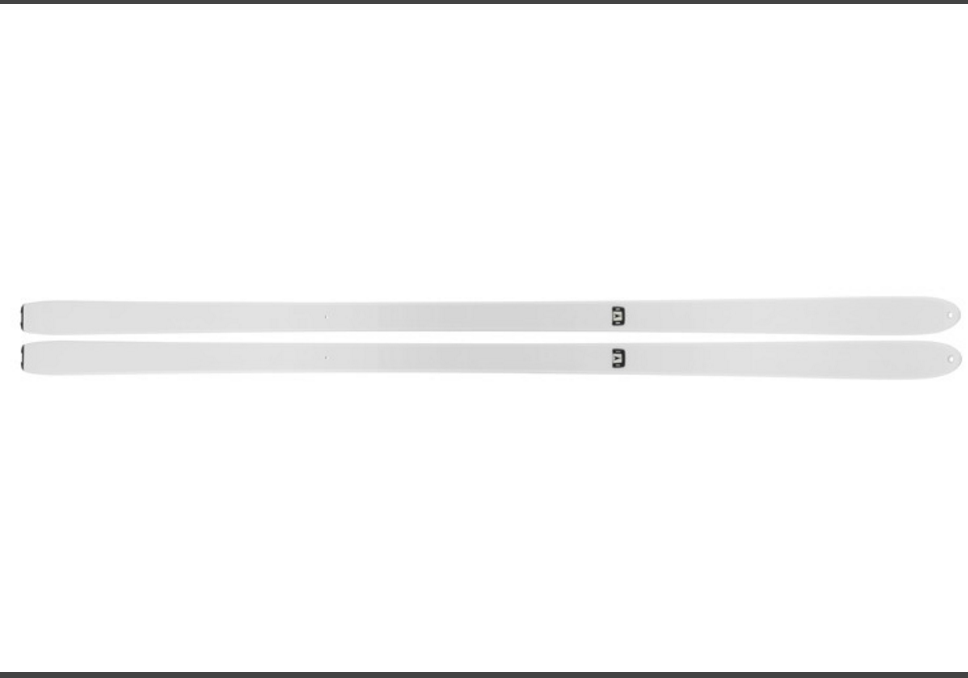
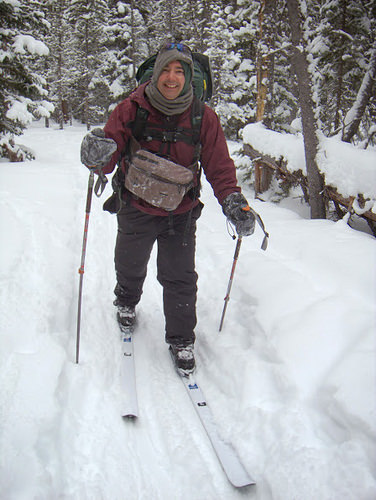
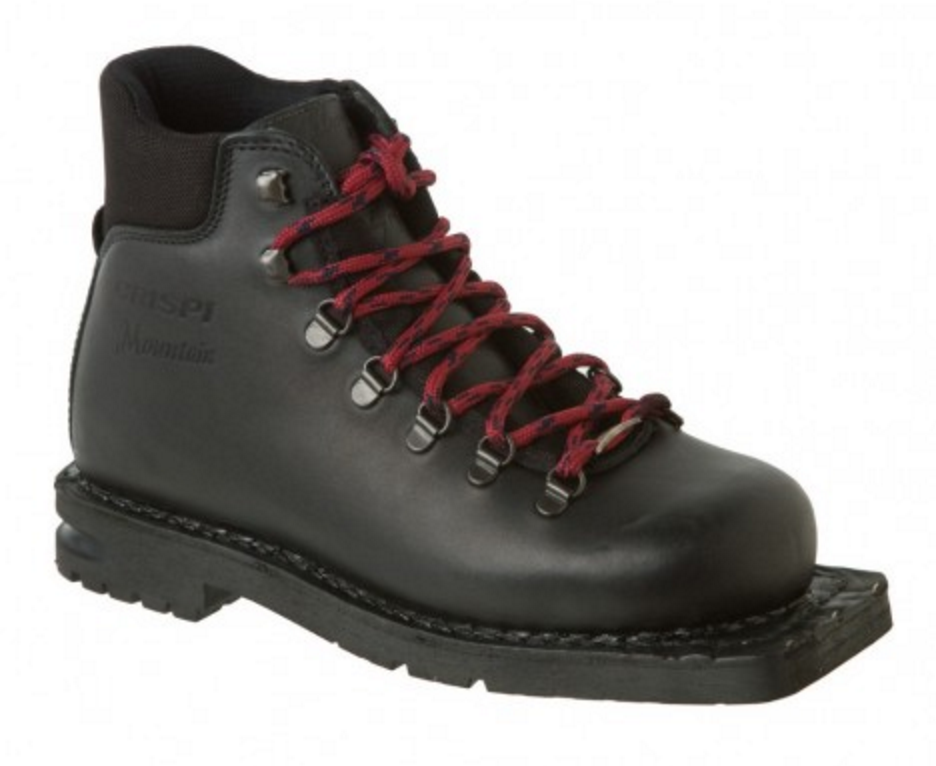

Many thanks for this and your other posts on nordic backcountry skiing. The overarching question I have is: What are the limits of the slopes suitable with XC skis and when is transitioning to Tele/AT gear is recommended? A bit about why I would like to ski: 1. To do longer day hikes, and/or complete hikes faster. Skis will allow me to cover more miles than are possible by snowshoes/ microspikes alone, thus going for long day hikes (15 miles +) which I wouldn’t normally go for. As skiing down is faster, it will reduce the time taken for completing… Read more »
A bit beyond some good answers without knowing you, your abilities, and comfort level. Having said that.. o. 1. The Asnes is my old Toyota Pickup and lets me get through most things esp at the lower angles you mentioned. All depends on your comfort and ability. 2. Again, depends on you and your abilities as well as pack load. 3. For low angle skiing in the trees? I’ve never brought a beacon personally. Shovel, absolutely. Above treeline is going to be a different ball of wax. I suggest taking an avalanche safety class and doing what you think is… Read more »
Thanks for the quick reply! 🙂 I did buy and read the book based on your recommendation in your excellent TrailGroove magazine article. Also borrowed some other books on the subject from the local public library. But none explicitly demarcates where XC ends and Tele begins beyond saying ‘wider skis provide more floatation, less glide, more sidecut and stiffer boots suit turn-ability’ etc. Thats why I asked the question here. I understand a lot depends on ability and comfort, but wondering if there some rule of thumbs. I am 30, from Pune, India. After spending last 5 years in California,… Read more »
Got it.
The Asnes or similar is what I have used for many years. Works well for hut trips, and I’ve used it above treeline in LOW angle terrain. Does not glide as well as my skinnier skis nor turn as well as my tele skis. But I can do what I need to do. And work beautifully for heavier packs. The removable cable bindings also help.
Great. I will look out for deals on a similar setup. Thanks!
Hey Mags, why do you think the Asnes are totally white? Does that make it easy to loose them in snow?
The Asnes skis are Norwegian ski troop issued aka “Combat Skis”. Camouflage…or easy to lose, too. 🙂 Long history of white skis used by winter troops. https://www.businessinsider.com/us-and-norwegian-troops-reenacted-wwii-operation-2015-3
Hi Paul, what do you use for nordic backcountry poles? Are they different than classic ski poles? Any recommendations would be appreciated!
I use Black Diamond adjustable ski poles (forget the exact model off hand) If you take any kind of moderate terrain, adjustable poles come in extremely handy vs. the classic fixed length Nordic pole. For flat or less steep terrain, classic Nordic poles work well and perhaps preferable (lighter; less likely to break)
Hello Pmags
Been reading your stuff for hiking for years but just ran across you in the Telemark Talk site and linked to your skiing stuff. I noticed that way back in this post your are on NATO’s and that more recently you picked up some Nansens. I am contemplating trying my first tele turns and wonder which of these two skis you think would be better. NE Minnesota mostly rolling terrain and some distance to cover to the hills.
Will
Thanks! Actually the opposite, I had Nansens (an unfortunate accident with a tree and a nasty side gash) and use the NATO planks.
The NATO planks are stiffer and less noodly but perhaps not as good at gliding. Overall, about the same if more durable.
For rolling terrain, I like my Fischer Europa skis and suspect I’d use something similar for MN.